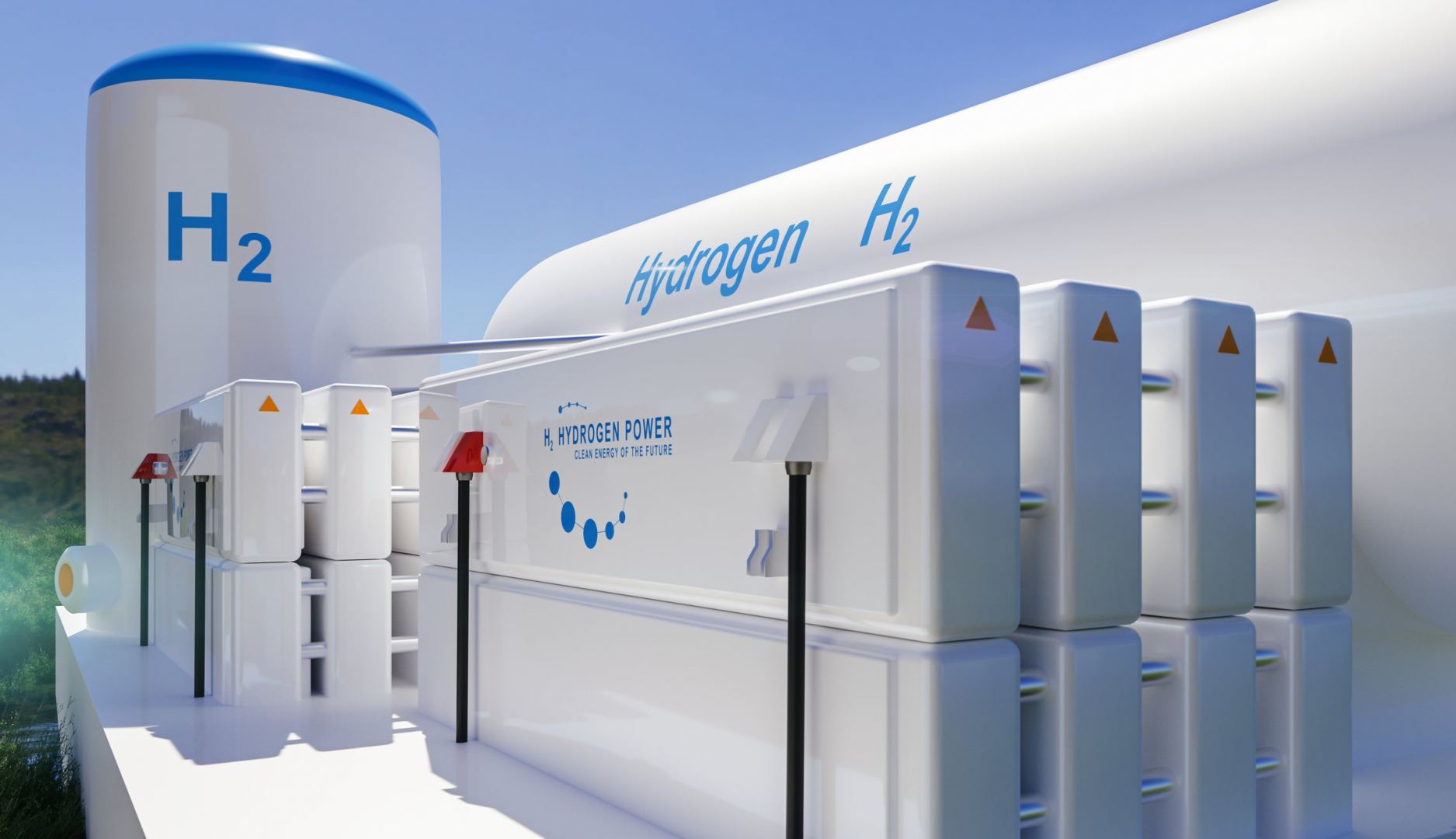BAKU, Azerbaijan, June 14. Some EU countries will develop into large-scale importers of hydrogen, Trend reports with reference to DNV GL.
“Europe is a front-runner in the energy transition with its Green Deal to deliver a transformation to a sustainable, low-carbon economy and a climate-neutral EU by 2050. The European Union (EU) hydrogen strategy (2020) aims for at least 40 GW electrolyser capacity installed in 2030 (6 GW by 2024). REPower EU (2022) boosts ambitions, aiming for 10 Mt of domestic renewable hydrogen and 10 Mt of renewable imports, by 2030. Some countries in the region (e.g. Germany) are expected to develop into large-scale importers of hydrogen, with others becoming exporters or transit hubs. Several countries in the region have their own strategies and targets for installed hydrogen production capacity by 2030 to support the EU goals: for example, Denmark (4–6 GW), France (6.5 GW), Italy (5 GW), Germany (5 GW), and Spain (4 GW),” reads the report released by DNV GL.
In REPowerEU, the EU’s revision of the Renewable Energy Directive proposes a 45 percent renewable share of European energy use by 2030, bringing renewable generation capacities to 1,236 GW compared with 1,067 GW envisaged under Fit for 55. Hence there is strong focus on scaling renewable hydrogen production in the EU, though low-carbon hydrogen is recognized in a transitional phase. The key focuses towards 2030 are scaling electrolyser capacity, decarbonizing existing hydrogen use in industry, promoting hydrogen for new use-cases, and buildout of distribution infrastructure including storage facilitates.
DNV GL notes that hydrogen projects can apply to several EU funding programs supporting the Green Deal.
“The EU also recently established the public-private Clean Hydrogen Partnership to accelerate development and improvement of clean hydrogen applications. The total funding available is EUR 1bn in grants from public funding, and EUR 1bn from industry. The first call for proposals this year saw a total of EUR 600mn available for 41 topics across the hydrogen value chain. Several countries also have their own funding programs targeted for hydrogen, most notably the German ‘Packet for the Future’ with EUR 7bn for hydrogen market rollout plus EUR 2bn for fostering international partnerships.”
---
Follow the author on Twitter: @Lyaman_Zeyn







